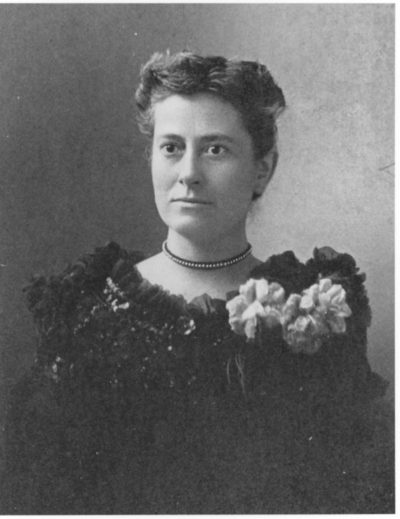Gerda Stevenson is an award-winning actor, writer, director, singer/songwriter. Her poetry, drama and prose have been published, staged and broadcast throughout Britain and abroad. She performed in and directed her stage play Federer Versus Murray (published by SALMAGUNDI, USA), touring the production to New York in 2012, as part of the Scottish Government’s NYC Scotland Week celebrations. In 2014, she released an acclaimed album of her own songs, Night Touches Day, was nominated for the MG Alba Scots Trad Music Awards, and her play Skeleton Wummun was staged at Oran Mor, touring to the Traverse and West Yorkshire Playhouse. She has written extensively for radio, both her own original plays, and dramatisation of Scottish classic novels. She is a visiting lecturer at Glasgow University, where her writing is studied as part of the Contemporary Scottish Literature course. She has read her poetry at international literary festivals, including Trinidad, Poland, Slovakia, Czech Republic, Ireland, and Italy. Her poetry collection, If This Were Real, was published by Smokestack Books (2013). She is currently writing her second poetry collection, with support from Creative Scotland, and a two-part drama for BBC radio, about asylum seekers and refugees in Scotland.
Horsehead Nebula is a dark nebula in the constellation of Orion. It is also known as Barnard 33, first catalogued in 1913 by the American astronomer Edward Emerson Barnard. But he was not the first to identify the nebula.
In 1888 the Scottish astronomer Williamina Paton Fleming was the first to record, identify and describe the nebula from a photographic plate. Williamina was born in Dundee, on this day (May 15) in 1857. She was a teacher before travelling to Boston with her husband James Fleming. After she and her child were deserted by James, she worked as a maid for Professor Edward Charles Pickering of Harvard College.
Pickering famously declared his maid could do a better job than his male assistants. In 1881, he hired Fleming to do clerical work at the observatory. In nine years, she catalogued more than 10,000 stars. She discovered 59 gaseous nebulae, over 310 variable stars, and 10 novae.
Although Fleming discovered Horsehead Nebula, all subsequent articles and books deny her credit. This is because the compiler of the first Index Catalogue, J. L. E. Dreyer eliminated Fleming’s name from the list of objects then discovered at Harvard. In 1906, she was the first American woman to be elected an honorary member of the Royal Astronomical Society of London. Soon after, she was appointed honorary fellow in astronomy of Wellesley College. Shortly before her death, the Astronomical Society of Mexico awarded her the Guadalupe Almendaro medal for her discovery of new stars.
Horsehead Nebula Speaks
(in memoriam Williamina Paton Fleming,
Scottish astronomer, 1857-1911)
There I am, bucking my head below Orion’s belt,
free rein in that constellation’s fiery dust,
riding the stellar waves for millennia, unnoticed, till
a woman with eyes like burning stars takes one look,
has me harnessed, measured, catalogued, and tamed.
I’m proud to be groomed with such exquisite care
by one who can do it all – a maid, she was,
at the professor’s kitchen sink, until he saw
her quiet gift for seeing light with a precision
that far outstripped his Harvard team of men;
and then, the men come in. I’m claimed
as their discovery, and named: “Grim Reaper,”
“Black Knight of the chessboard,” they say,
failing to notice I’m a mare.
They make me want to leap
from this photographic plate,
leave it miraculously blank,
and take her with me,
my lady of the stars who found me first –
we’d race the heavens together,
gallop across light years, stream
through Zeta’s glittering rays, bareback,
all along the Hunter’s belt,
from Mintaka to Alnitak.


